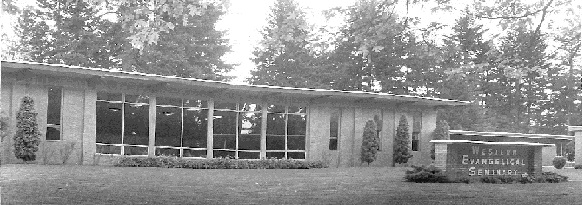William Hobson and William Keil: Religion and Polity in Nineteenth Century Oregon
Abstract
In 1925, Ione Juanita Beale-Harkness compared the Quaker settlement in Oregon's Chehalem Valley (Newberg) to another Christian communitarian settlement less than twenty miles away in Aurora. Harkness ' research showed how differing Protestant faith traditions, separated in doctrinal beliefs, were united in their choice of settling in Oregon as a place to practice and preserve their lifestyle. By focusing on the administrative structure of both settlements and by providing more detail in respect to the historical antecedents of each settlement, this writing aspires to learn why these settlements, with such similar beginnings, are today very different in terms of the religious heritage left by their original settlers. Harkness' comparison is brief, yet what she lacks in brevity is fulfilled in the originality of her subject matter. Other scholars have studied nineteenth century Christian settlements in Oregon, but none of these scholars have attempted to reproduce Harkness' side-by-side comparison. This research attempts not only to revisit Harkness ' dual comparison but also to make a contribution to the discussion on nineteenth century religious settlements in the Pacific Northwest.

